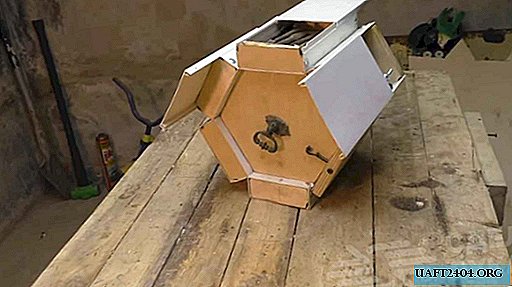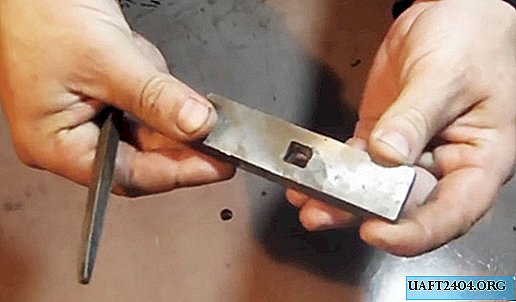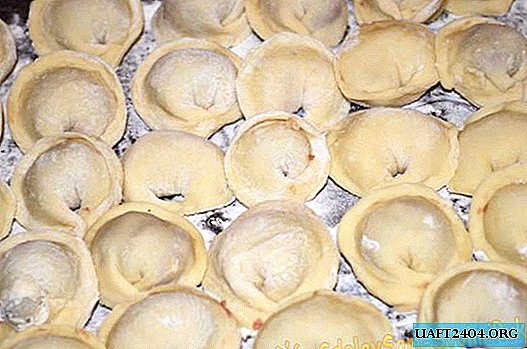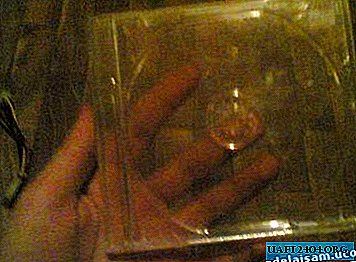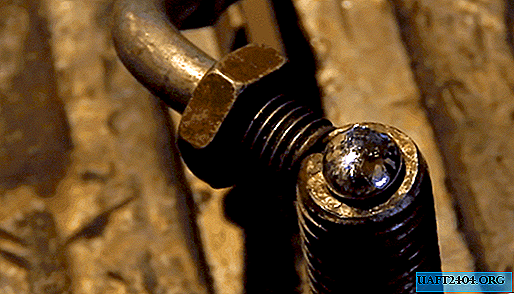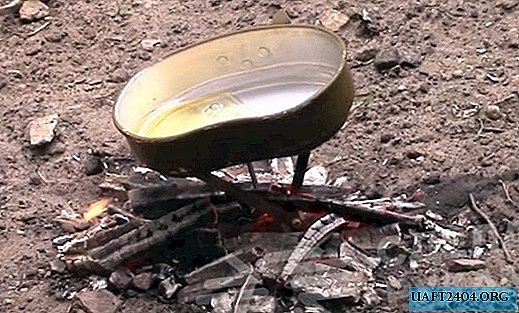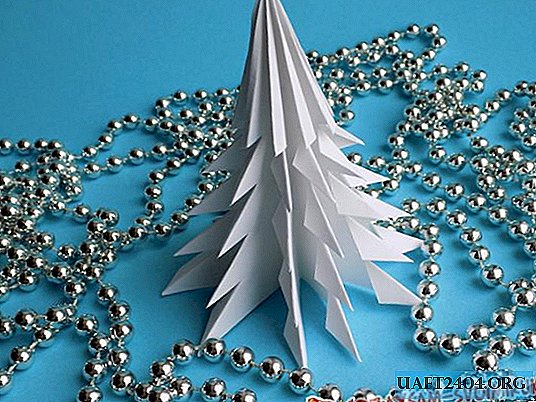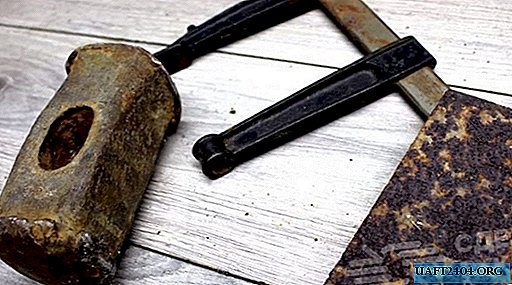
In this article, we will tell you how to restore an almost "hopeless" hand tool at home at minimal cost. Why is this needed? When restoring an old or broken tool, you save money, which, as you know, does not happen much.
After a little mechanical refinement, even despite its "venerable age", the old instrument can still serve faithfully for some time. The main "patients" will be the spade, sledgehammer and clamp.
Clamp repair
I got into the hands of a standard F-shaped clamp with dimensions of 120x500 mm, which turned out to be without a clamping screw, and the thread from the moving part was partially lapped. But even with such "severe injuries," this instrument can be given a chance for a second life.

To do this, we will use an elongated nut M12, which is welded to the moving part, and a stud. You will also need to make a clamping washer, which is screwed to the stud with an M3 screw.
Sledgehammer Recovery
This “patient” is the one who got the most out of life, and the metal is severely deformed. However, this is not a reason to throw it in scrap metal - not everything is lost. To restore the tool, first you need to cut off all the deformed metal with a grinder.

After trimming the excess “meat”, it is necessary to level the surface with a grinding flap wheel for angle grinders. If there are large sinks, they can be brewed using conventional electric welding and then sanded. Then you need to align the ends, cutting them around the edges, and make a handle.
Shovel Repair

First of all, we remove all rust from the shovel, and then cut off the rotten edges. The easiest way to do this is with a metal brush for a grinder. After mechanical cleaning, we put on a shovel on a small holder. Such a tool is now useful when fishing.

